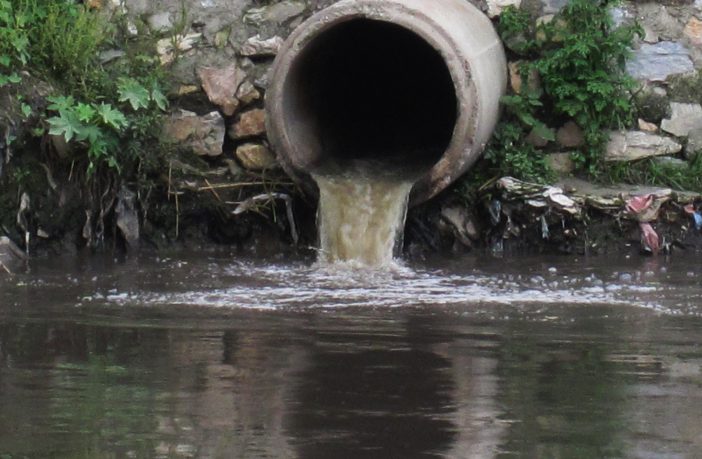- Untreated sewerage from three water treatment plants has continued to flow into the Vaal River, causing blocked drains and flowing into the local community’s homes and streets.
- The South African National Defense Force (SANDF) recently deployed an extra 100 troops to find solutions to the environmental disaster but has now run out of money.
The South African National Defence Force (SANDF) has reported that it is unable to continue with its Vaal River sewage clean-up due to a lack of funding. The SANDF has appealed to private business for assistance with the crisis and to people in the area to stop vandalising pump stations.
R873-million is needed to continue with the project, which includes rebuilding a collapsed waste-water system. The SANDF recently deployed additional troops in order to remedy the problem. Read more.
At the beginning of December 2018 two out the three water treatment plants in the region were not operational. The third was semi-operational. None of the 44 pump houses in the region servicing the water treatment plants were working. Vandalism, theft and the lack of money for maintenance and purification chemicals have collapsed the sewage infrastructure. At the time, the South African Human Rights Commission said an estimated 150Ml of sewage flowed into the Vaal River every day.
The Emfuleni Local Municipality is responsible for the water treatment facilities. The municipality has since been placed under administration and the mayor, Jacob Khawe, has resigned amid widespread allegations of mismanagement and corruption.
The Vaal River is the third largest river in South Africa (1,120 kilometres) and is the main source of water for the greater Gauteng Area (Johannesburg).
Local and national Government stakeholders are now believed to be pondering what to do next.
Author: Bryan Groenendaal
This type of disaster can significantly reduce water supply levels. Start doing your bit. Residents can start saving water at home by showering instead of bathing. Better still fit a water saving shower head to your shower. An average bath uses between 80-150 litres of water while showering using a water saving shower head for five minutes will use between 30 and 50 litres. Companies like Hansgrohe offer a wide range of high quality water saving shower heads.
In terms of the expected new water by-law amendments in the country, the maximum flow rate from any shower head may not exceed 10 litres per minute. The Hansgrohe EcoSmart ranges have flow rates as low as 6 litres per minute without comprising on the experience.
















1 Comment
The army was never the right option , get a reputable engineering company